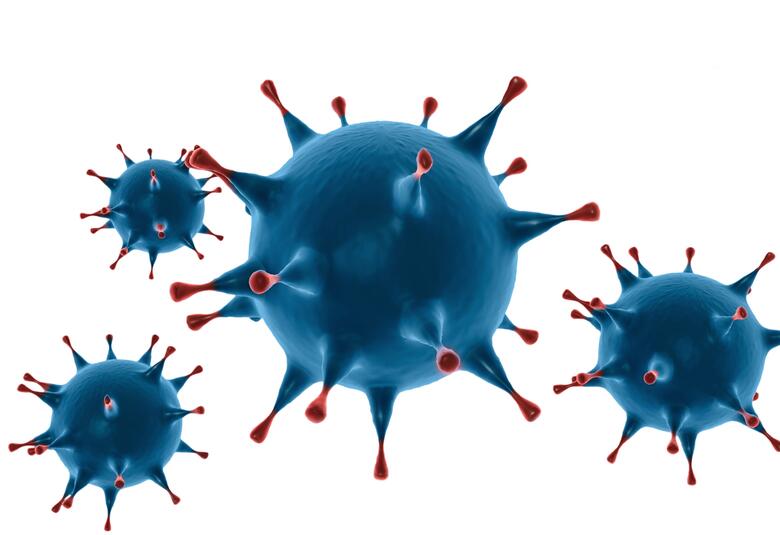At the EPA 2017 symposium on subtypes of schizophrenia, we were presented with the novel hypothesis that stem cells and their trafficking modulators could be biological markers for acute psychosis.
Characterizing subtypes
Prof Silvana Galderisi, University of Campania 'Luigi Vanvitelli', Italy, used empirical data to assess the validity of two schizophrenia subtypes: deficit and treatment resistant schizophrenia.
Compared to non-deficit schizophrenia, patients with deficit schizophrenia have poorer response to treatment. Additional features include low premorbid functioning, hostility, depression and substance abuse. These patients also seem to have different neurobiological abnormalities. But findings haven’t been homogeneous.
The clinical picture of treatment resistant schizophrenia is not a happy one. The illness starts earlier and the duration of untreated psychosis is longer, compared to non-treatment resistant schizophrenia. It is characterized by persisting psychotic symptoms, and greater severity of negative symptoms, cognitive dysfunctions, and social functioning.
Prof Galderisi highlighted the important goal of understanding possible schizophrenia subtypes based on the underlying neurobiological mechanisms.
The important goal of understanding possible schizophrenia subtypes based on the underlying neurobiological mechanisms.
No easy findings
Prof Jerzy Samochowiec, Pomeranian Medical University, Poland, has been investigating the relationship between deficit schizophrenia and potential biological markers. He presented results showing no association between deficit schizophrenia and functional gene polymorphisms (MMP-9, BDNF and COMT) and methylation levels. There was also no relationship observed between the overall ability to identify odors (assessed using the Sniffin' Sticks test) and the deficit/non-deficit dichotomy. Compared with the non-deficit group, patients with deficit schizophrenia had poorer executive function. They also struggled more with concept formation and non-verbal cognitive flexibility.
Results showing no association between deficit schizophrenia and functional gene polymorphisms.
A novel proposal
Prof Samochowiec and colleagues have tested the novel hypothesis that stem cells and their trafficking modulators could be biological markers for acute psychosis. Twenty-eight individuals who were experiencing their first non-affective psychotic episode were investigated - both before and after antipsychotic treatment. This ‘psychotic group’ was divided into schizophrenic and non-schizophrenic subgroups. Comparisons were made with a group of 35 healthy controls.
Novel markers for the first ‘schizophrenic’ episode of psychosis.
Plasma levels of C3a and sphingosine-1-phosphate (S1P) were the best predictors of risk and are potential markers for the first psychotic episode. In patients with schizophrenia, the number of circulating Lin(-)/CD45(-)/CD34(+) very small embryonic like (VSEL) stem cells and the S1P plasma level were the best predictors of risk. Prof Jerzy Samochowiec proposed that these are novel markers for the first ‘schizophrenic’ episode of psychosis.
Tailoring targeted treatments
Prof Peter Falkai, Medical University, Germany, highlighted two major research obstacles in schizophrenia: firstly, the introduction of easy to measure and reliable biomarkers; and secondly, add-on treatments to tackle residual symptoms. Biomarkers will allow us to identify subgroups in order to select targeted treatments. But currently, there are no tools to estimate the risk of poor treatment outcome in first episode psychosis.
No tools to estimate the risk of poor treatment outcome in first episode psychosis.
Prof Falkai and colleagues have developed a tool to predict poor versus good treatment outcome (based on the Global Assessment of Functioning [GAF]) after 4 weeks and 52 weeks. They applied a machine learning approach to data from 334 patients in the European First Episode Schizophrenia Trial.
Other clinical (GAF, Positive and Negative Syndrome Scale [PANSS], Clinical Global Impression [CGI]) and imaging data can also be used to accurately predict outcome - allowing the identification of good, intermediate and fair outcome groups. In the intermediate group, most patients have partial recovery or remission. He suggested that in this group, recovery could be reached by targeted treatment, and may be a focus of future clinical studies.
Our correspondent’s highlights from the symposium are meant as a fair representation of the scientific content presented. The views and opinions expressed on this page do not necessarily reflect those of Lundbeck.









